Why Singapore’s English Teachers Should Embrace Singlish, Not Fight It
Is it time for Singaporean educators to embrace Singlish as a legitimate learning tool? What the Research […]
Read More
Contributed by Suhaimi Bin Zainal Shah from the Ministry of Education and Tan Jing Long from Temasek Junior College, for SingTeach Virtual Staff Lounge
The Redesigning Pedagogy International Conference (RPIC) 2022 was held from 30 May to 2 June 2022. Amidst the voluminous presentations, two participants share their experiences and afterthoughts on 10 speeches and presentations. The opinions expressed are strictly the writers’ own and are not representative of their affiliated organizations.
To us, it is a hitherto unambiguous call for teachers to abandon “teaching to the test” in favour of “teaching for life.”
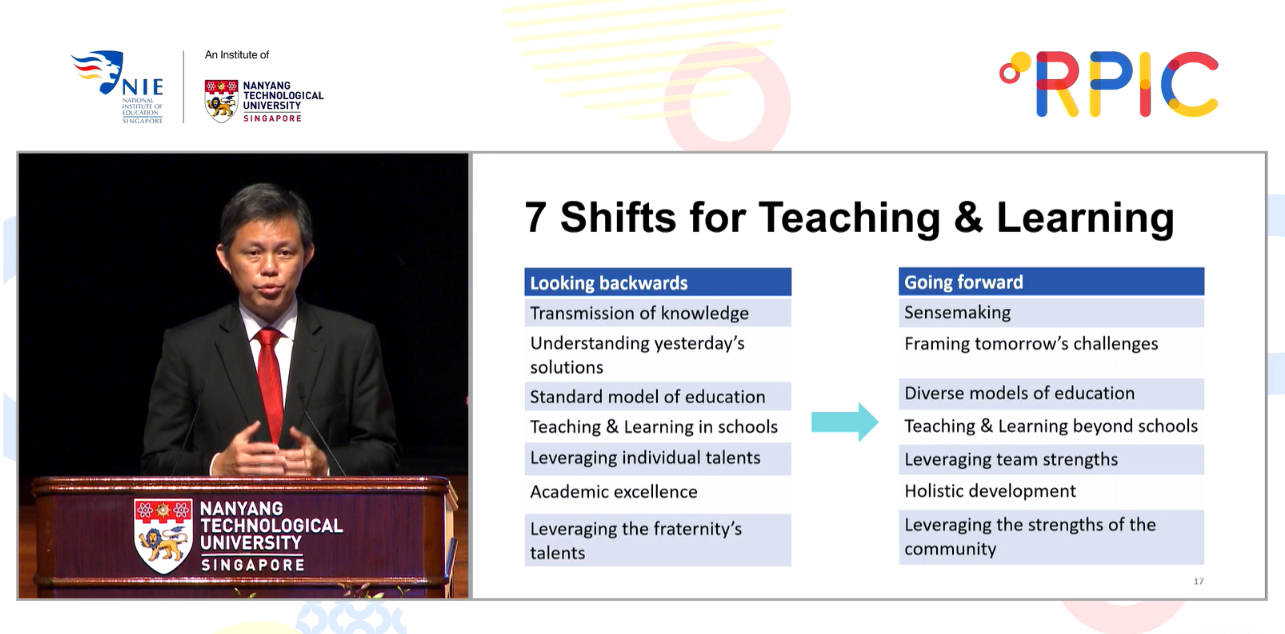
Figure 1. Minister for Education, Mr Chan Chun Sing, giving his speech at the conference.
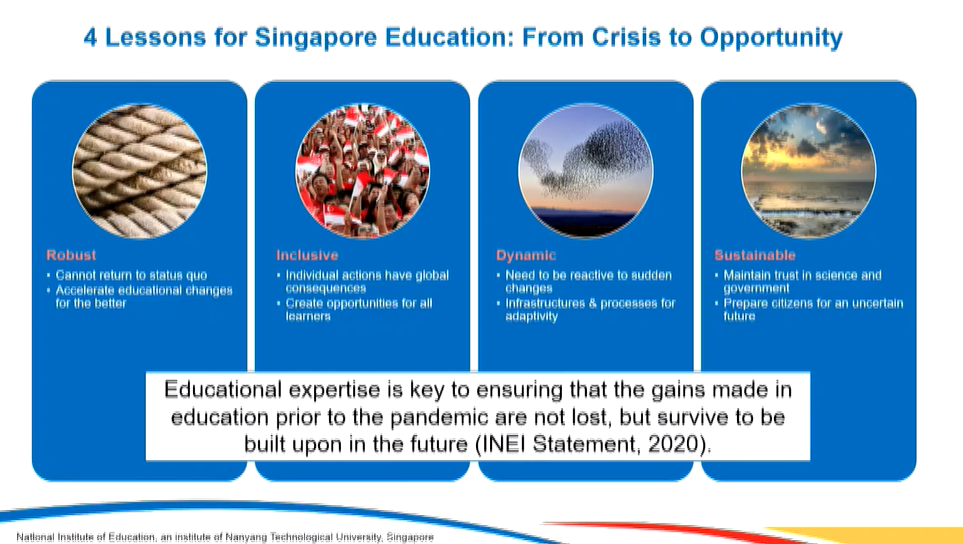
Figure 2. The four lessons for Singapore education.
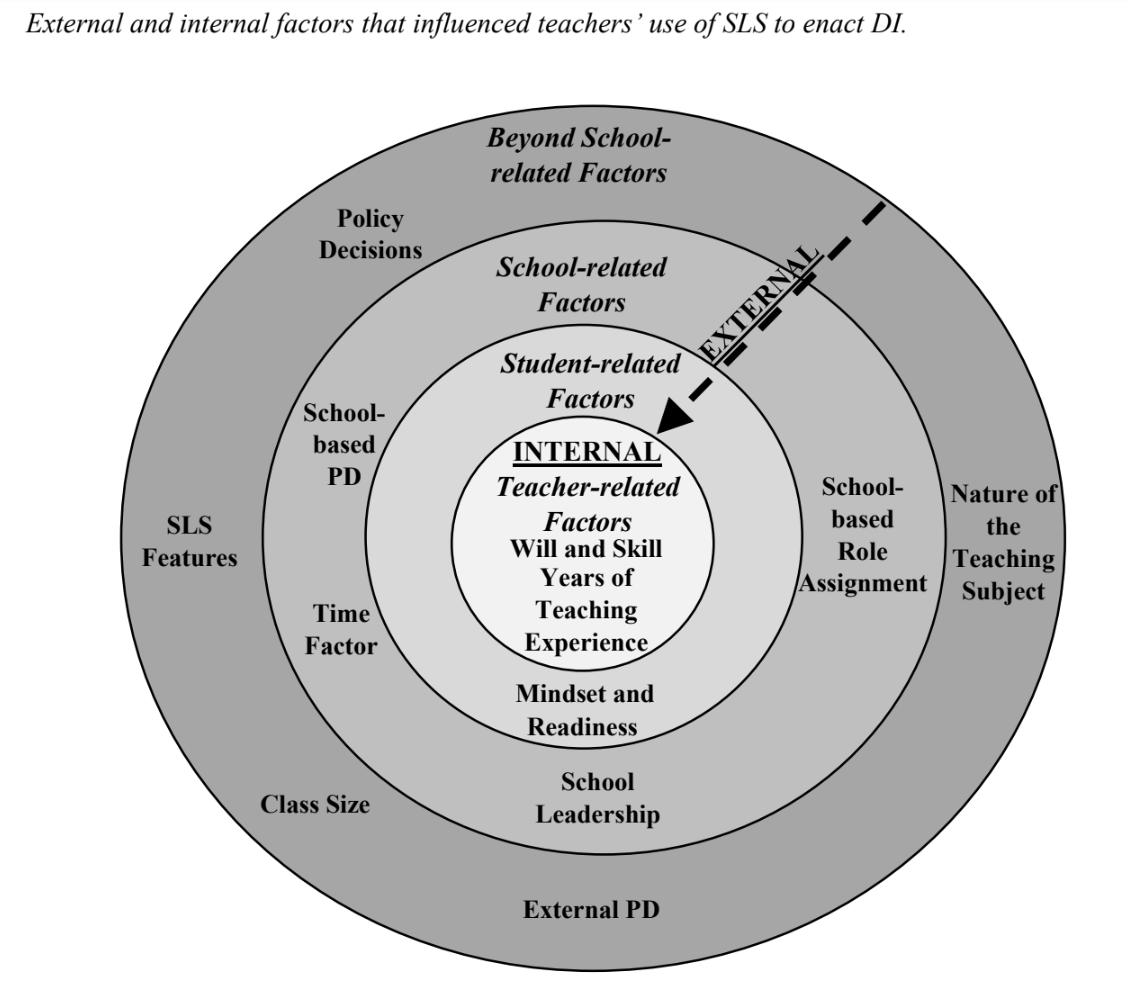
Figure 3. Factors influencing teachers’ use of SLS to enact Differentiated Instruction.
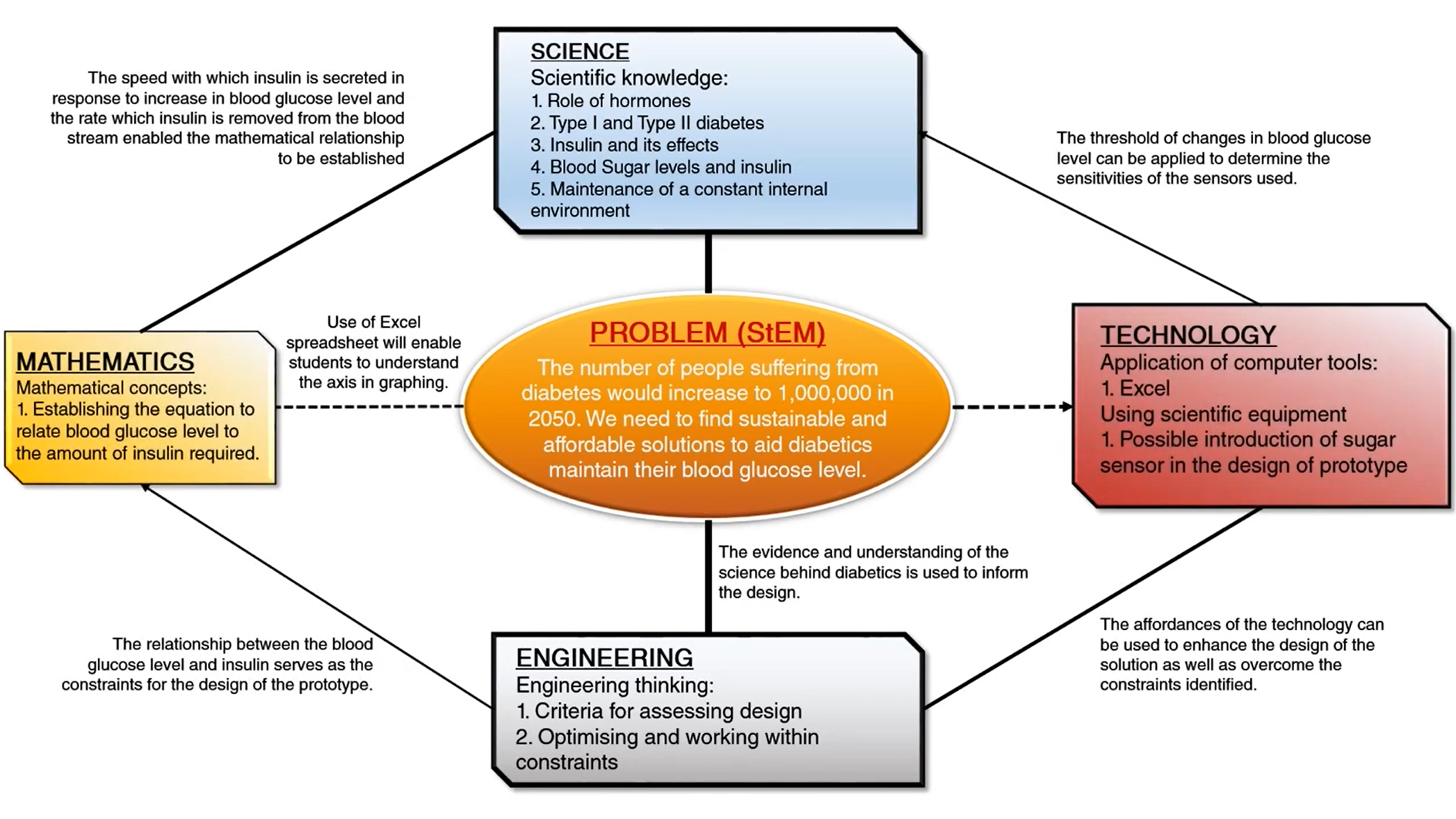
Figure 4. The inter-relationships between Science, Technology, Engineering and Mathematics, and an authentic problem.
7. Assoc Prof Tan Aik Ling, together with Mr Lee Hong Liang from meriSTEM@NIE, spoke on creativity, an elusive and fuzzy trait which we teachers seek to cultivate in our students. They generalized three characteristics of creativity: multi-faceted, domain-specific and dynamic, i.e., they change with time and context. To evaluate creativity, they proposed a modification of the Scientific Creativity Test which measures creativity in three dimensions – originality (statistical rarity), fluency (number of responses) and flexibility (number of conceptual categories that uses could be binned). Perhaps they have blazed the trail for assessing creativity in schools.
8. Mdm Lee Min Huey, Mdm Tan Xing Yu and Mrs Tio-Fung Eng Chu from Riverside Secondary School reexamined how rubrics, the means by which teachers evaluate alternative assessments, may be rewritten for a lower secondary science integrative activity to foster student self-assessment and directedness (Figure 5). On occasion, rubrics are made available to students, without much consideration of their intelligibility. Their approach is two-fold. First, they substituted teachers’ vocabulary, e.g., “scientifically sound”, for simple and clear descriptors. Second, they included an exemplar for each standard with explanatory comments. The simplicity and immediate applicability of these interventions impressed all who were present.
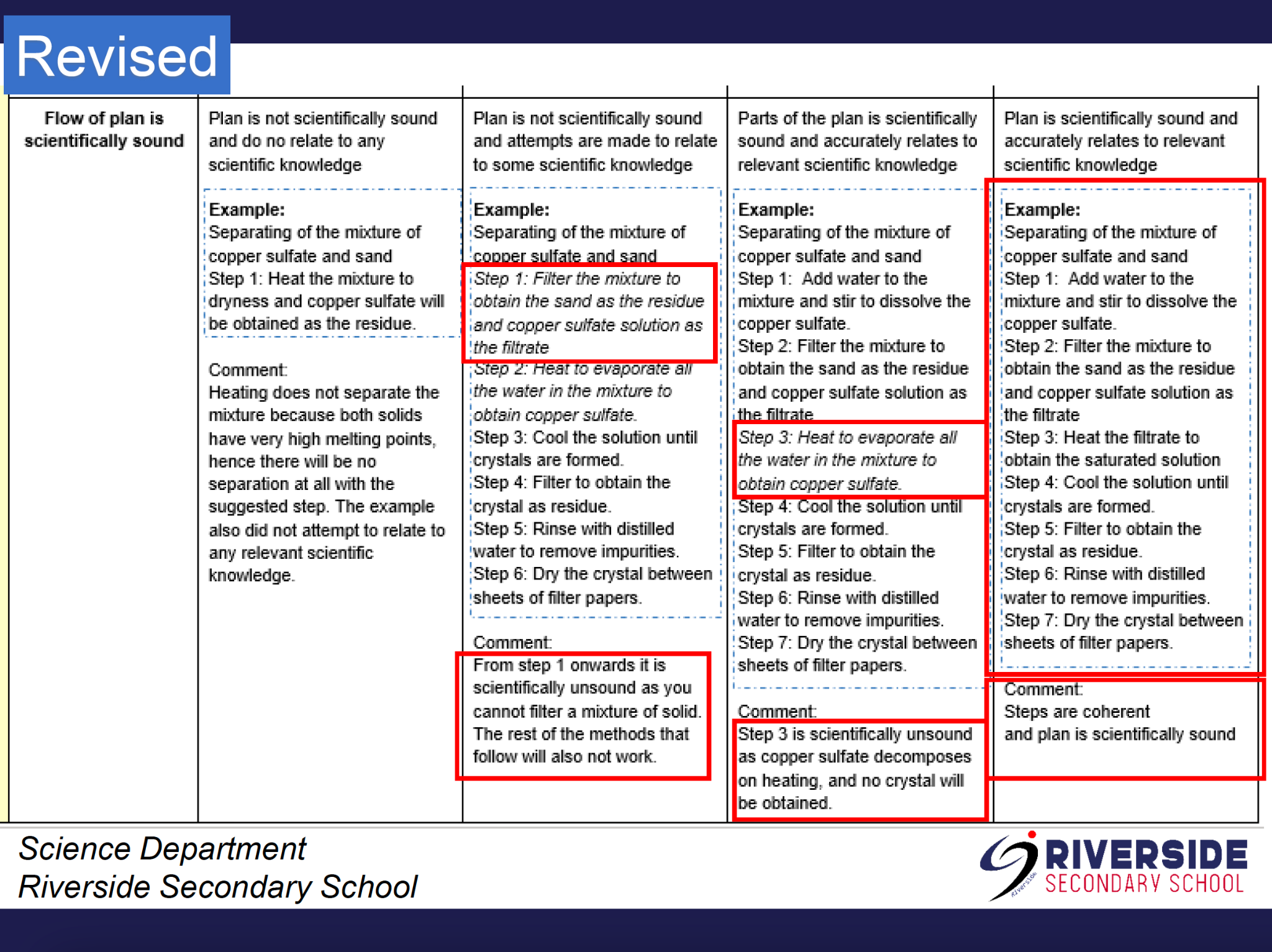
Figure 5. Revised rubrics for student self-assessment in authentic assessment.
9. Dr Tan Teck Kiang from the Institute for Applied Learning Science and Education Technology (ALSET), National University of Singapore, delivered a workshop on the Cognitive Diagnostic Model (CDM). Although almost unheard of in schools, CDM has roots in psychometry and is an educational assessment designed to measure specific knowledge structures underlying students’ performance. CDM is a probabilistic model which can identify the deficient fine-grained skills required for mastery of a task, e.g., subtraction of two fractions. In the workshop, Dr Tan demonstrated how we may run CDM on a sample dataset using a R package (Figure 6). We are inspired by the great potential for rich and adaptive assessment for learning.
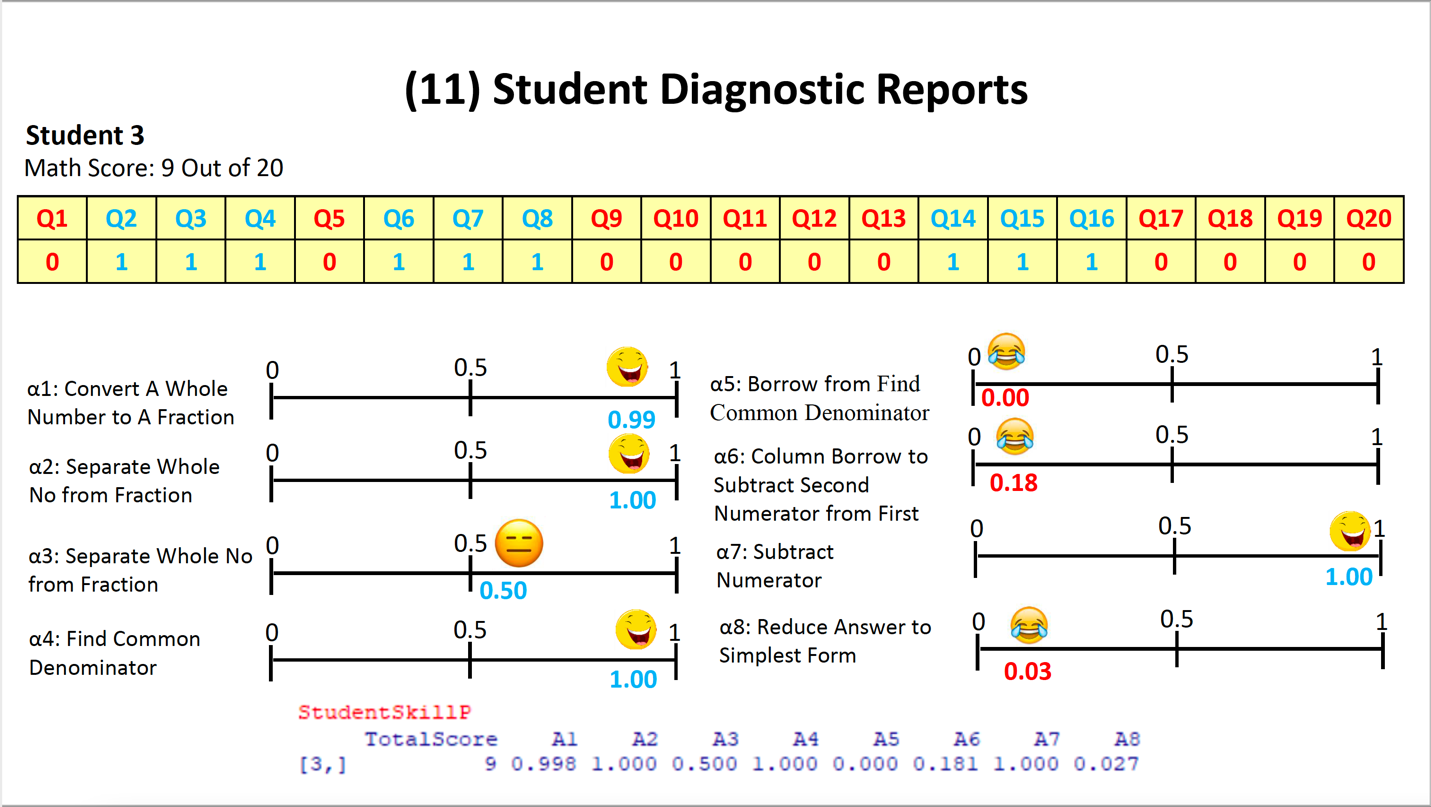
Figure 6. Student diagnostic report of subskill mastery in fraction/subtraction.
10. The Centre for Lifelong Learning and Individualised Cognition (CLIC) team conducted an interactive session about the role of working memory, inhibitory control, and cognitive flexibility in students’ learning and their pedagogical implications. Instead of teaching to increase Intelligent Quotient, they proposed that teachers may train students’ executive functions and step back so that children or students can manage and eventually make meaning and learn on their own or with others. We were relieved to hear that brain breaks during transitions are encouraged as it helps signal to the student to prepare the mind for a new activity or simply rest their mind before they need to refocus again.
Despite being able to engage with only a fraction of all the presentations, there were many takeaways we found useful. While operational issues may take up our attention in school, we hope to be able to preserve headspace to be exposed to cutting-edge research and bring them into our classrooms.